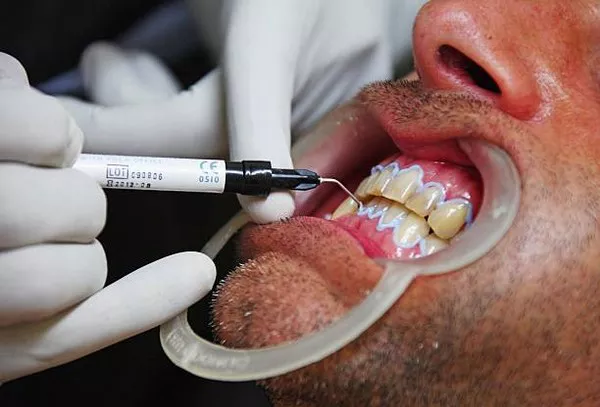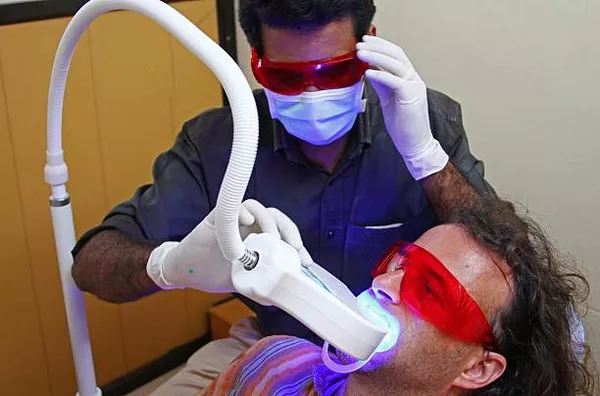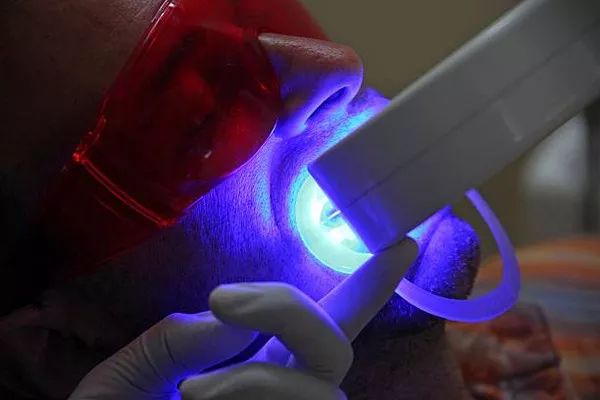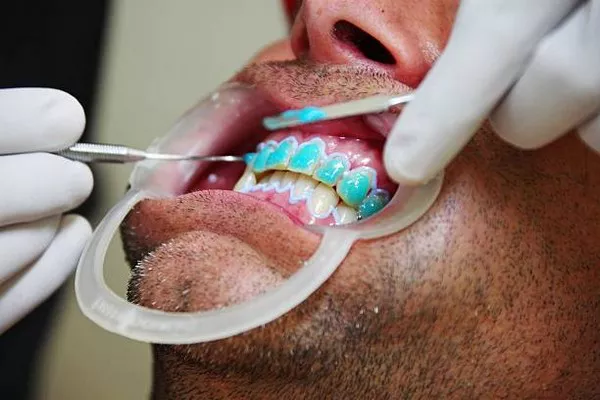Orthodontics is a specialized branch of dentistry that focuses on correcting malocclusions, or issues with the alignment of teeth and jaws. Orthodontic treatments can include braces, aligners, retainers, and other devices to help improve dental health and aesthetics. However, these treatments can also be expensive, leading many patients to wonder whether their health insurance will cover the cost.
In this article, we will explore the topic of whether orthodontics is covered by health insurance in greater detail. We will examine the different types of insurance plans, the level of coverage they provide for orthodontic treatments, and alternative financing options for patients without dental insurance.
Types of Insurance Plans
Health insurance plans vary widely in terms of the types of services they cover and the level of coverage they provide. Some plans may only cover preventative care such as cleanings and check-ups, while others may include more extensive dental services like root canals and extractions.
When it comes to orthodontic treatments, many insurance plans do not include coverage or offer limited coverage. This means that patients may need to purchase a separate dental insurance plan that specifically covers orthodontic treatments or add orthodontic coverage to an existing plan.
Individual Dental Insurance
Individual dental insurance plans are designed specifically to cover dental care, including orthodontic treatments. These plans can be purchased separately from health insurance plans, or as an add-on to an existing policy.
When choosing an individual dental insurance plan, it is important to carefully review the plan’s benefits and limitations. Most plans will provide coverage for routine dental care, such as cleanings, fillings, and extractions. However, orthodontic treatments may require additional coverage or may be subject to certain restrictions.
Group Dental Insurance
Group dental insurance plans are typically offered by employers as part of a benefits package. These plans may include coverage for orthodontic treatments, but the level of coverage may vary depending on the plan.
Group dental insurance plans may also require patients to meet certain criteria before orthodontic treatments are covered. This may include age restrictions, a specific level of dental malocclusion, or other medical conditions that could impact the effectiveness of the treatment.
Health Savings Accounts (HSAs)
A health savings account is a type of savings account that can be used to pay for eligible healthcare expenses. HSAs are typically offered in conjunction with high-deductible health plans (HDHPs).
While orthodontic treatments are not typically covered by HDHPs, patients can use funds from their HSA to pay for these treatments. However, it is important to note that HSA funds can only be used to pay for eligible medical expenses, and there may be limits on the amount of money that can be contributed to an HSA each year.
Flexible Spending Accounts (FSAs)
A flexible spending account is another type of savings account that can be used to pay for eligible healthcare expenses. FSAs are funded through pre-tax payroll deductions and can be used to pay for a wide range of medical expenses, including orthodontic treatments.
However, it is important to note that FSA funds must be used within a specified time period and any unused funds may be forfeited at the end of the plan year. Additionally, there may be limits on the amount of money that can be contributed to an FSA each year.
Level of Coverage
Even if patients have dental insurance coverage, it is important to carefully review the plan’s benefits and limitations to understand the level of coverage provided for orthodontic treatments. In general, insurance plans may cover a portion of the cost of orthodontic treatments, but the exact amount of coverage will vary depending on the plan and the specific treatment being performed.
For example, some insurance plans may only cover traditional metal braces, while others may cover clear aligners like Invisalign. Additionally, patients may be required to meet certain criteria before orthodontic treatments are covered, such as age restrictions or a specific level of dental malocclusion.
It is also important to note that insurance plans may have annual maximums or lifetime maximums on orthodontic treatment coverage. This means that once a patient has reached the maximum coverage amount, they will be responsible for any additional costs.
Related Topics:
































